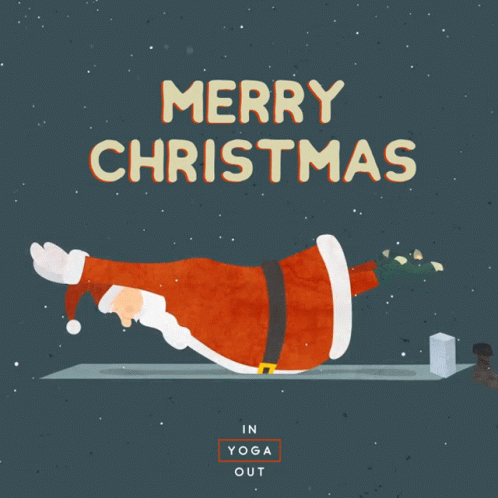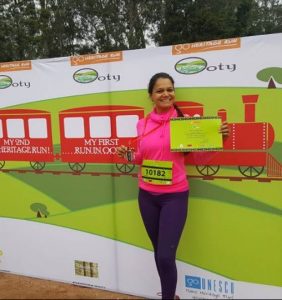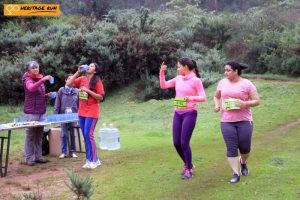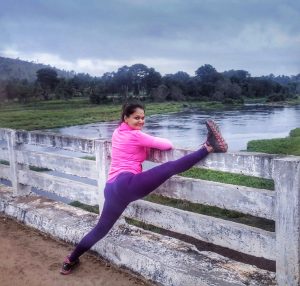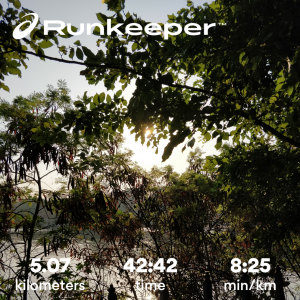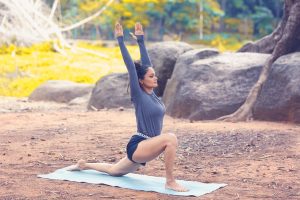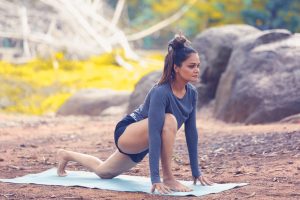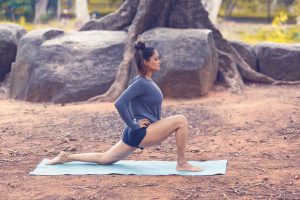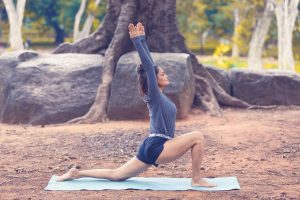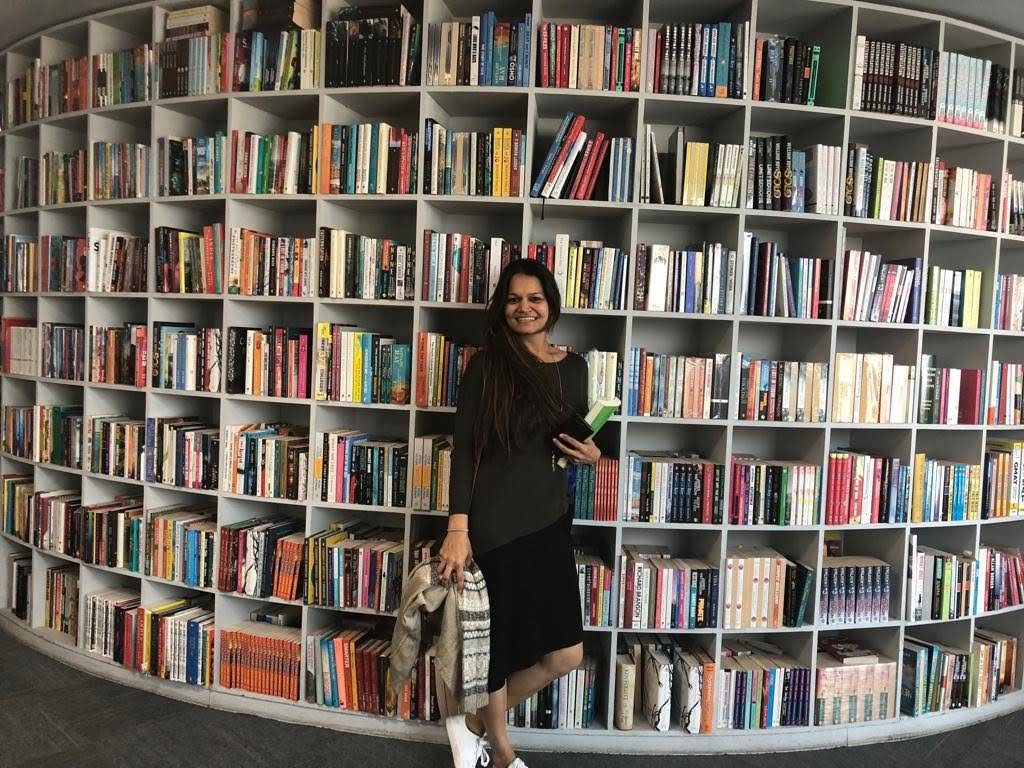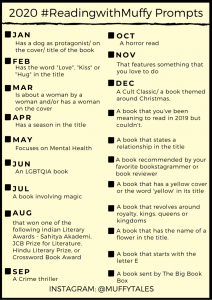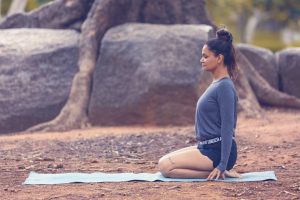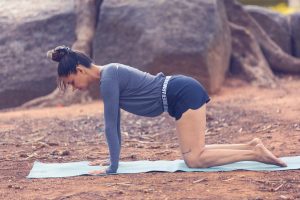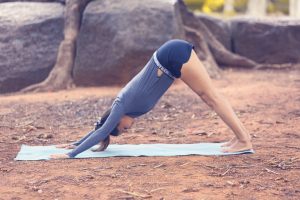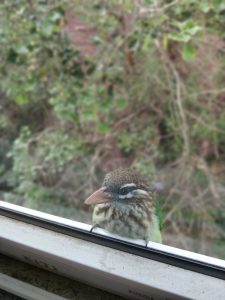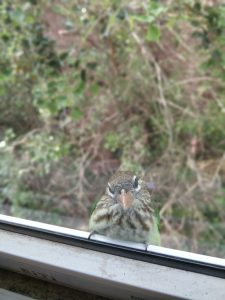The last blog for the decade can’t be anything but a collection of highlights of the year gone by…
January 2019 started with me defining my theme for the year. Month after month I strove to stick to it. I reminded myself of it in gratitude journals and monthly reviews. When asked about my word for the year in a bloggers’ group I’m a member of, I realized that mine would have to be perseverance.
February saw me travelling for the first time to Sri Lanka, to teach internationally. I was excited to be teaching in Tangalle, a beautiful and calm little beach town. We had a blast and on the way back I wrote a poem through which I tried to capture my thoughts and feelings.
March was a month of planning and preparing for a possible retreat in Italy. TBH, I wasn’t sure I would be able to pull it off, but I told myself that I’d already taught in Sri Lanka to positive reviews and with the right attitude, this would also materialize. It was a charmed time, teaching alongside Suzanne, sharing food and stories, long walks through olive gardens and along the Mediterranean. I can’t believe it’s happening again in 2020, and this time we promise it’s going to bigger and better.
In April I watched ‘Bohemian Rhapsody’ and wrote possibly the most fun blog ever (going by the views and comments). What else do you expect from a yogini? Read the blog now, I promise you’ll love it.
In May I did a little bit of humorous soul searching, trying to gain clarity on who I am and what I want. It will resonate with all those of us who have ever used #myfitnessjourney.
June was D-month. The month of the long-awaited yoga retreat in Liguria. We had advertised and planned. Discussed and thought. It comprised getting documentation work ready for my sister, my cousin, my boyfriend and myself to head to Italy on a 15 DAY sojourn. None of us had done anything this exciting ever in our lives and we were stoked to say the least. We booked tickets and accommodation. I planned my classes. And we were finally on our way. Read more of our adventures here.
By July I was a published author. My book, Beyond Asanas, was in bookstores and I did my share of promotional activities for it. My friends, family and students clicked pictures of my book wherever they saw it. Being a published author which was a life-long dream and in August I was forced to think about reading and writing.
In September I was in Pune for my month at RIMYI (which is fast becoming an annual tradition). I also attended my first Lit Fest as a writer and that memory will always be special. A chance question at my session became one of the most viewed blogs of the year. It’s called “Why Am I Not Losing Weight?” and you can read it here.
October saw me back in Bangalore to resume classes. And a pleasant surprise came to me as if by Providence herself! An old friend living in Tokyo, googles for yoga teachers and comes upon me. And just a few weeks later we have a reunion after 10 whole years. A decade changes us in more ways than we can define. And good friendships – they remind you of why you were friends in the first place..
In November I was compelled to take a walk down memory lane and into my closet! It was also the month where I received a sweet note from the PMO.
December was a month of national turbulence. My mind was also restless which is why my Christmas post wasn’t all eggnog and reindeers like I had hoped it would be. I wrote a hard-hitting poem about another event that shook the country, and for the first time performed it on stage too!
It’s almost the end of December, and with it the end of the decade. I’ve been thinking of my word/theme for 2020. I’ve been extremely fidgety in the last few months. The main question plaguing my waking moments is ‘What next?’ I realize I want to move on to doing projects that have a greater impact. I want to use everything I’ve learned and experienced this far to do something more meaningful in the coming months. I want to do better projects, push the envelope in terms of what I have to offer. Therefore my theme/word for 2020 came to be quite organically. And my word is : fruition.
I wish you all dear readers a very happy new year and promise that in 2020 this blog will be have you more engaged, informed and inspired. So stay with me and stay safe!
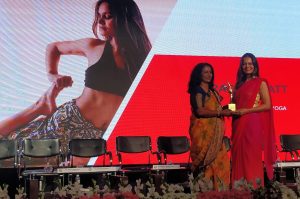
In March I was extremely honored to receive the ‘Woman Achiever Award’ in the field of yoga by the prestigious Karnataka Association for Small Scale Industries (KASSIA). The night was magical and truly special.
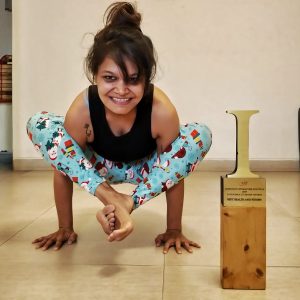
‘Beyond Asanas’ was adjudged best book under the ‘Health and Fitness’ Category at the Gurgaon Lit Festival in November. This was my first award as a writer and I was thrilled to bits.



